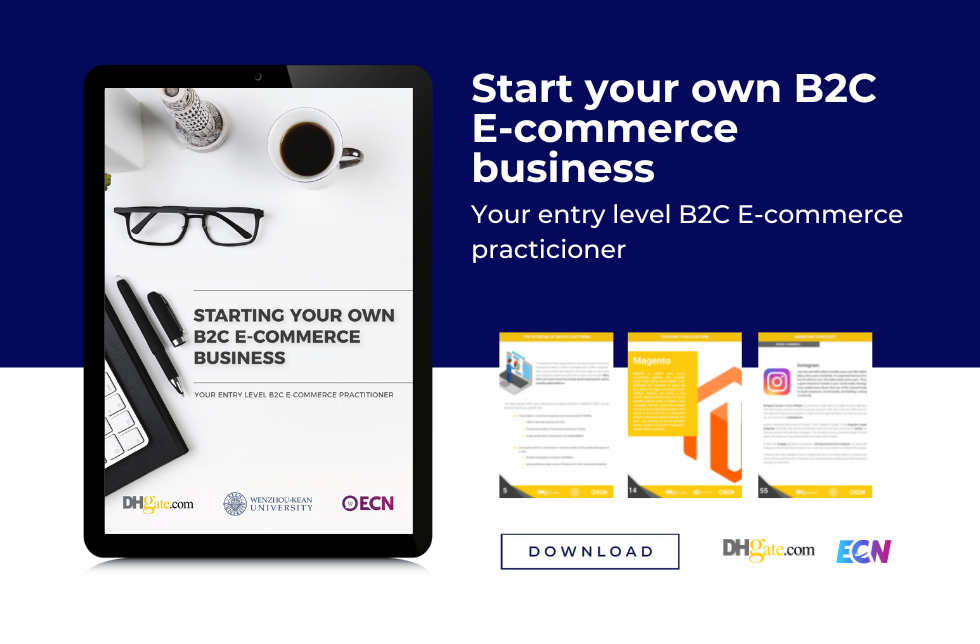Amazon, Zappos, AliExpress and other e-commerce references would not have achieved success by simply selling products at competitive prices. The ‘recipe’ for creating a first-class online store includes many other aspects: minimum load times, adaptive design or optimised checkout processes are key in this respect.
Thinking about creating an e-commerce site? According to the National Commission on Markets and Competition (CNMC), last year this sector exceeded 30 billion euros turnover in Spain alone (25.7% more than in 2016), which shows the promising trajectory of this sector.
Also in e-commerce environments, many are called, but few chosen. According to estimates, there are between 12 and 24 million online stores in the world, and yet only a small percentage will survive in time. If you want to be among the chosen, you have an appointment with the following lines and e-book.
These keys will help you to create an incredible online store
In the following lines, you will find a selection of best practices for designing e-commerce pages, which will be very useful to you regardless of the sector, product or consumer you are addressing. Will you join us?
Bet for a specific CMS for e-commerce
Although more than 30% of the digital world is designed with WordPress, there is a lot of life beyond this popular CMS, especially in the creation of e-commerce. PrestaShop, Magento or OpenCart allow you to design online shops with payment processing, stock management and other indispensable elements. On the other hand, transforming WordPress into an online store without major difficulties is possible with the help of WooCommerce and Jigoshop. Although not all these services are free, it is advisable to make a small investment in our e-commerce to avoid problems in the future.
Implement an SEO friendly design
Another key to creating an e-commerce store is closely related to SEO positioning in Google, Bing and other search engines. Web architecture also has a great influence on this digital marketing modality. The implementation of H1, H2 and H3 tags, rich snippets, ‘breadcrumbs’ or the use of friendly URLs are only a small part of this process, essential to achieve the highest possible organic traffic.
Reviews are the word-of-mouth of the internet
Did you know that more than 60% of consumers review the ratings of other buyers before deciding to purchase the product or service in question? This revealing percentage, offered by eMarketer, helps to understand why martech specialists claim that reviews are the new word of mouth.
As a result, some of the most effective buyer´s journey are complemented by an invitation to the customer to rate their purchase. This can be done on numerous platforms: Trustpilot, eKomi, Facebook Reviews, Feefo or Bazaarvoice, among others. Over time, the reviews will average positively, and if your online store has done its homework, you’ll enjoy the five stars (or score 4.5 out of 5), which is a powerful attraction for new customers.
Reduces load times to a minimum
Believe it or not, e-commerce the size of Amazon loses a billion and a half dollars a year for every second of delay in loading its sections and product sheets. It is no coincidence, then, that the best marketplaces offer a lightning loading speed, which has a direct impact not only on the user experience but also on key metrics such as bounce rates. The resolution of the images, a more refined HTML and CSS and other elements can burden the load times and exhaust the patience of your future buyers.
Eliminate friction in checkouts
Every year millions of shopping carts are abandoned in retail environments, and although there are many causative factors (such as insufficient payment methods), in most cases it is an excessively long checkout process. Once you have decided to purchase a product, how many clicks must our consumers give to complete their purchase? Answer: The fewer, the better. Without a doubt, eliminating friction in checkouts is one of the secrets of success when creating an online store.
Adapt e-commerce to mobiles (or you won’t exist)
According to Statista, during 2018 up to 52.2% of Internet traffic comes from mobile phones, which means that laptops and PCs are no longer the most used devices for surfing. This reality has led Google to classify the same website differently according to the quality of its responsive version (the design that shows its mobile users).
What happens when e-commerce does not have an adaptive or responsive design? That more than half of its visitors and potential customers incorrectly visualize content and text, with an unsatisfactory browsing experience and great chances that your visit will swell the aforementioned bounce rate.
Don’t forget to guarantee the safety of your customers.
The famous ransomware (WannaCry) attacks in May 2017 alerted digital consumers, who have since become much more demanding on cybersecurity. In addition to having an SSL certificate, you should consider trust seals (eKomi, Online Trust, etc.) when creating an e-commerce, because this way you will not only be guaranteeing the privacy and protection of sensitive information of your customers: you will also improve the prestige and trust in your brand, which will have a direct impact on conversion rates.
In view of the above, creating an online store (and not dying in the attempt) is far from being a challenge, as long as you take good note of these recommendations.
If you want this and more, download now our latest e-Book in collaboration with DH-Gate.





